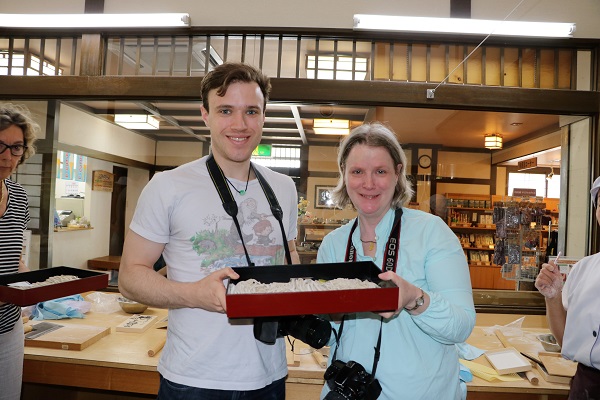

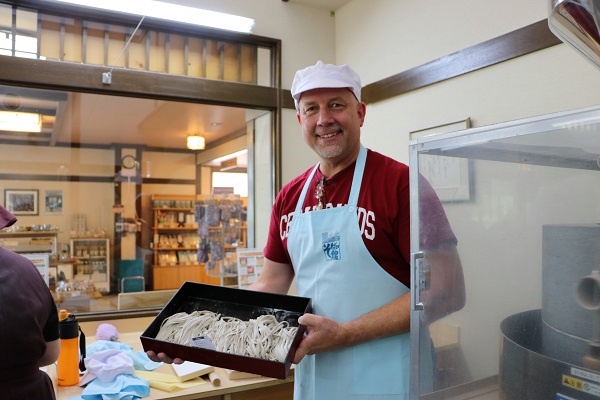
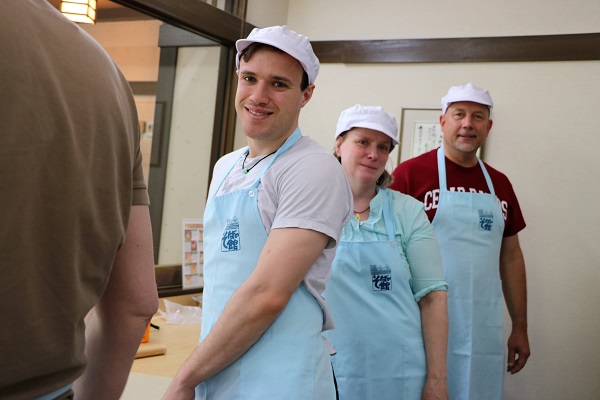

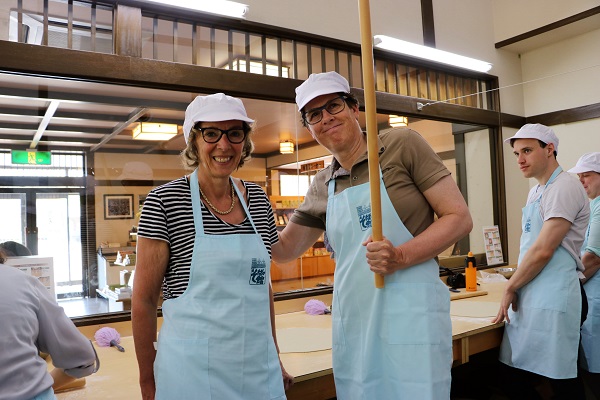

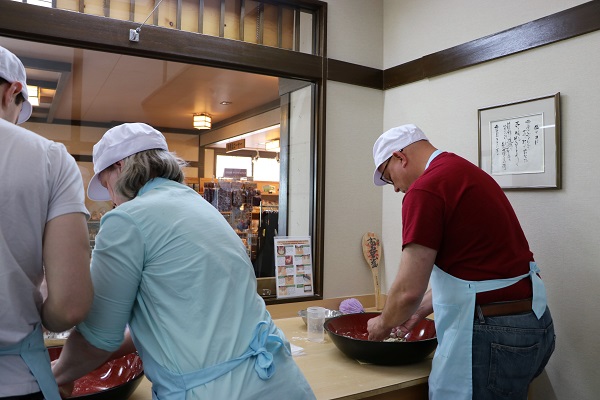

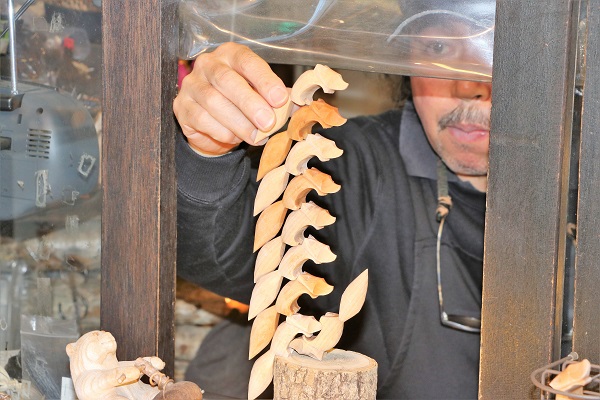
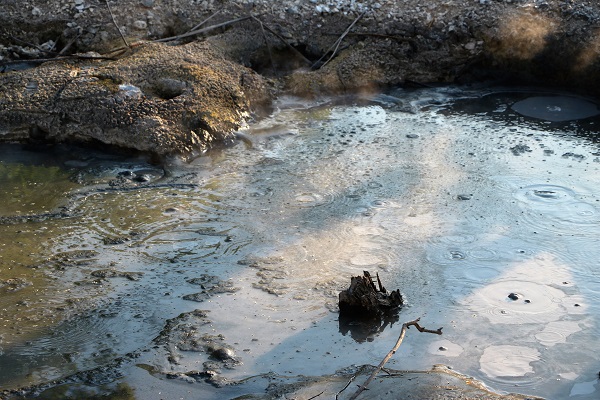

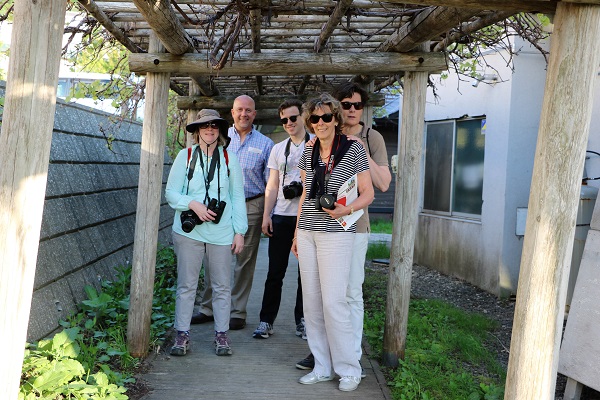 Lake Akan, which was created by repeated gigantic eruptions 31,000 years ago, today sits calm on the eastern part of Hokkaido. If you take a walk, you find out that the Mother Nature is not sleeping. There are small areas where we can see bubbling mud; volcanic gas escaping from the vent. Anyway, this is the hot spring area.
Lake Akan, which was created by repeated gigantic eruptions 31,000 years ago, today sits calm on the eastern part of Hokkaido. If you take a walk, you find out that the Mother Nature is not sleeping. There are small areas where we can see bubbling mud; volcanic gas escaping from the vent. Anyway, this is the hot spring area.
Lake Akan is famous for Marimo, algae, which build community in three different ways – sphere shape, dense community on the rocks and floating string foams. Lake Akan is very shallow compared to other caldera lakes in Hokkaido. Deepest part is only 44 meters. The eruption ejects, such as ash, pumice….over the years covered the bottom of the lake. When the wind blows algae rolls over the lake floor, entangles each other and creates a ball shaped algae. The growth rate of the ball is only 5mm/year, so it takes 60 years to form an 8-inch size ball.
Lake Akan is studded with typical Japanese hot spring hotels built next each other by the lake. A bus load of tourists arrive at around the same time – check-in time at these hotels is 3pm. Check-out time is 10am after breakfast. Crowd comes and disappears with this specific pattern.
After checked in the hotel, we walked to Ainu Theater and enjoyed the traditional Ainu dances and songs. One of the dances performed mimics red crowned crane’s dance. It is graceful and shows Ainu people’s respect and love to this beautiful bird. One of the objectives of Hokkaido with Hiroko is to learn Ainu people’s culture, tradition and suffering history. We are glad to be there.
Oh…one more; we took soba noodle making class in the heart of buckwheat growing region, Shintoku. What we made became for our lunch. Fetucchini like soba….could be possible!
